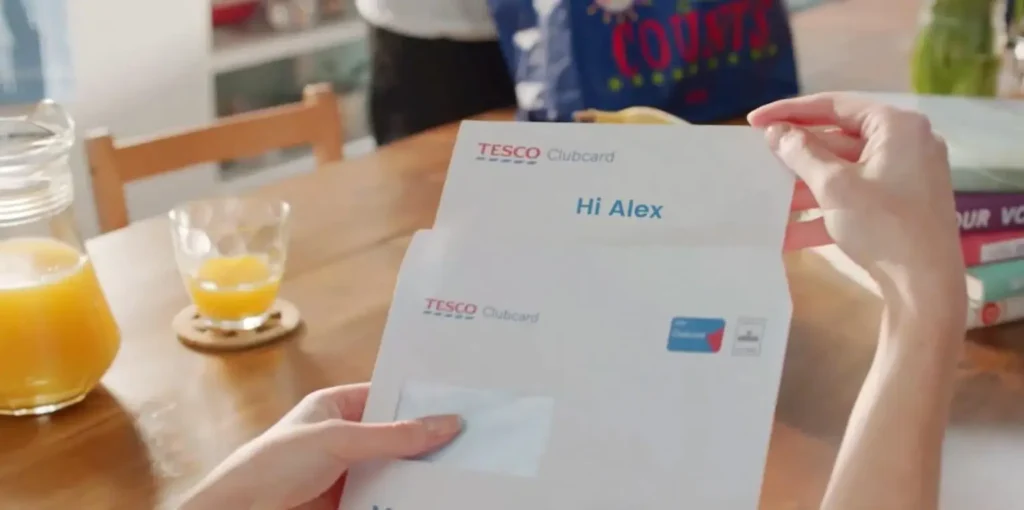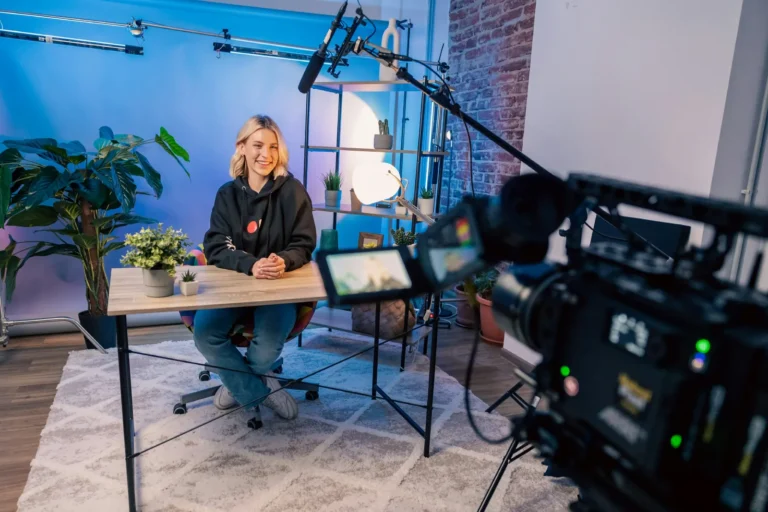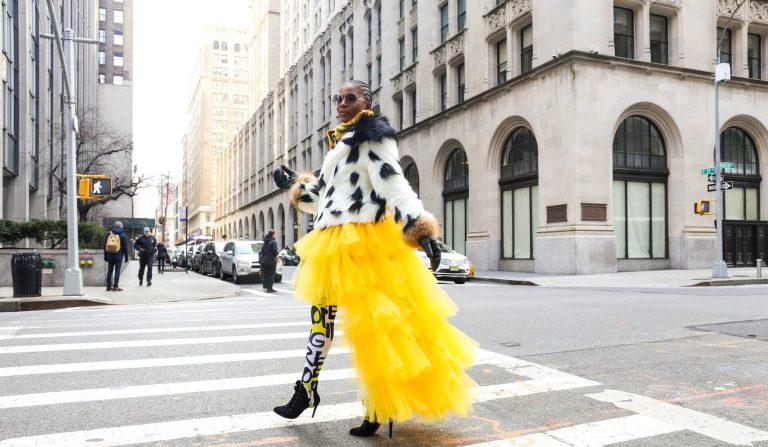Every marketer hopes for that one pivotal moment — their campaign spreading quickly online, racking up millions of views, shares and comments. But virality isn’t exactly something you can force. It’s often an unpredictable mix of timing, creativity and audience reaction. However, that doesn’t mean you can’t set the stage for success.
So what exactly is a viral marketing campaign? And more importantly, how can you create one? While there’s no guaranteed formula, successful viral videos tend to follow specific marketing trends and psychological triggers that make people want to share. And lucky for us, thanks to the latest AI video technology, anyone can create a video with viral reach potential.
But before we dive into what makes a campaign share-worthy, let’s define what viral marketing really means — and why brands should care.
What Is Viral Marketing?
We’ve all seen it happen. A video, meme or ad suddenly pops up everywhere, flooding online feeds and turning a brand into a household name seemingly overnight. That’s the power of viral marketing.
This type of marketing strategy is centered around campaigns that are designed to be shared. The goal is to create viral content that spreads from person to person at a rapid rate, exponentially increasing brand awareness along the way.

A truly shareable campaign resonates with the target audience on a personal level. It might be laugh-out-loud funny, deeply inspiring or completely unexpected. In some cases, it might be a little of all three. But whether it’s a hilarious ad or a mind-blowing photograph, viral content all have one thing in common: They spark a reaction strong enough to make people want to share.
Why Video Marketing Is More Likely To Go Viral
If there’s one format that dominates digital marketing today, it’s video. From TikToks to video ads, video content is particularly good at grabbing attention, sparking engagement and — most importantly — getting shared.
Why is video so effective in viral marketing campaigns? It’s simple — people want it. Video is the medium that’s most similar to what we see in real life with our own senses, combining dynamic visuals with sounds and even text. As a result, video can relay messages quickly and effectively — even to those mindlessly scrolling.
Studies have found that the human brain processes images 60,000x faster than text, and 90% of the information transmitted to the brain is visual. We also process and recognize images faster than the time it takes to blink.
And video is where the future is, both in terms of advanced video tech and younger consumers, like Gen Z, who don’t just want video from brands — they demand it. A staggering 92% of Gen Z, want more video from brands they have a relationship with.
Post on
It’s no wonder, then, that video marketing is the go-to format for so many. Millions of dollars go into viral ads for the Super Bowl, the number of YouTube videos has hit more than 14 billion and many social media platforms now optimize their algorithms to favor video because of how engaging it is. According to Mark Zuckerberg, video now accounts for almost half of all time spent on Facebook.
No doubt, social media has changed the game when it comes to virality. Content isn’t just consumed — it’s actively liked, commented on and shared. In some cases, the content may even take on a life of its own, becoming a meme that’s shared repeatedly in countless contexts, sometimes for years to come. That brings us to our next question.
What Makes a Video Go Viral?
There’s no magic formula for creating a viral video marketing campaign, but some patterns emerge when looking at case studies of brands that have done it successfully.
The most shareable videos tend to tap into universal emotions — whether it’s inspiration, humor or deep empathy — and align perfectly with the brand’s message. Let’s take a look at a few campaigns that showcase this.
Inspire Like Nike
Nike has mastered the art of creating campaigns that subtly promote its athletic gear by motivating people to push their limits.
Let’s take it back to 1988 and the brand’s first-ever “Just Do It” ad featuring 80-year-old Walt Stack running across the Golden Gate Bridge. Stack, who at that time had run over 62,000 miles, embodied Nike’s message of perseverance — a message that’s made an impact for decades.
Fast forward to 2024, and Nike continued that legacy with its “Winning Isn’t For Everyone” campaign, launched ahead of the Summer Olympics. Narrated by Willem Defoe, the ad stars icons like LeBron James, Serena Williams and Sha’Carri Richardson, emphasizing the obsessive focus and grit required to reach the top.
Set against Beethoven’s Ninth Symphony, the campaign took a bold, almost provocative stance that made people want to talk about it. By leaning into powerful storytelling and a strong tagline, Nike ensures its videos get shared far beyond the sports world.
Entertain With Humor Like Old Spice
Sometimes, the key to virality is pure entertainment. Old Spice nailed this with its 2010 campaign, “The Man Your Man Could Smell Like” — a line so iconic it has its own Wikipedia page. The absurd humor, featuring actor Isaiah Mustafa delivering rapid-fire lines in surreal settings, made it an instant classic.
Viewers couldn’t resist sharing the hilarious spot, and it even inspired follow-up videos, memes and parodies. Over 15 years later, Old Spice continues to use the same cheeky tone. The brand even recently brought back Mustafa to evoke nostalgia and keep the humor alive, proving that a strong, entertaining campaign can have a long-term brand impact.
Personalize Like Cadbury
Cadbury took viral marketing a step further by integrating personalization.
The brand launched the “Flavor Matcher” campaign to stir up interest in its new flavors. Users logged in through Facebook and were treated to a data-driven video that identified their “chocolate flavor profile” based on their likes and interests — complete with a CTA to share the video using a hashtag. The result? A 42% increase in traffic to the campaign and to its site.
Another Cadbury campaign invited customers to gift chocolates to loved ones and generate a video that was customized with their own photographs. When the recipient received their box of Cadbury Glow chocolate, they were then able to view the Personalized Video through a QR code or by entering their phone number on the Cadbury Glow page.
Customers loved the video and shared it online, with the #MakeTheMomentGlow hashtag reaching around 1.6 million timelines and #GlowMoment reaching around 17 million timelines with over 5K tweets.
Personalized social videos like these redefine viral marketing by making viewers the main characters. People naturally engage with content that reflects their own experiences, which is why campaigns like Spotify Wrapped go viral every year. By turning personal data into a shareable experience, brands can boost the metrics that matter to them, including customer engagement and brand awareness.
Tap Into Emotions Like Dove
The “Dove Real Beauty Sketches” campaign struck an emotional chord with audiences around the world, making it one of the most successful viral ads of all time. The heartwarming short film featured a forensic artist sketching women based on their own descriptions and then based on a stranger’s observations to show how self-criticism can distort our own self-image.
The campaign was a masterclass in how relatability and emotional appeal can make a message resonate with and be shared by the masses. More than 50 million people viewed the video in just 12 days and, as of November 2024, it has nearly 180 million views.
All in all, these viral marketing examples show that the key to virality isn’t a high production value or gimmicks designed to grab attention. It’s about making a genuine connection with the audience, whether through inspiration, emotion, humor or letting them be the star of the story.
Scaling Video Production Without Sacrificing Quality
While viral success is incredible, the reality is that creating enough content to find that one video that hits out of the park can be a huge challenge. In other words, you need to scale up your video production — but the sheer volume of content required, plus the time and effort needed for filming, editing and post-production, can be a lot, even for the most seasoned professionals.
Fortunately, advancements in AI have paved the way for video creators who can handle much of the heavy lifting, letting you produce videos faster and at a fraction of the cost.
Using top-tier industry tools like Adobe After Effects, Lucas, our AI video creator, ensures high-quality video production at scale without sacrificing quality. Whether you need one-off videos or millions of videos, he can do it.
For example, here’s a short video ad he made for an Idomoo client. Watching it, you would think an animator, scriptwriter, creative director and more worked on it to bring together the text on screen, visuals, music and other elements. But no — Lucas did it using the Firsties URL for branded content (colors, messaging) and his own generative AI magic for the rest.
And since Lucas is powered by our Next Generation Video Platform, every video is rendered and able to be edited in real time. Videos can even be made interactive and personalized.
How To Get the “Formula” To Work for You
Viral video campaigns are less about some fool-proof formula and more about a smart strategy.
Start by focusing on content that resonates with your audience’s emotions or interests and then crank up the engagement factor, making it easy to understand and share. Mix creativity with real-time insights to create content that sparks a reaction, whether that’s through clever storytelling or an innovative way to put the viewer at the center.
For instance, imagine the shock and delight that 30,000 Boston Marathon runners felt when they received a Personalized Video from adidas, featuring footage of themselves during the run and stats of what they just accomplished. It’s no wonder that 25% of viewers shared their video on social media. Better yet, product sales driven by emails went up an incredible 1,189%.
So if you’re ready to take your video content to the next level and harness the power of personalization, reach out to learn how our platform can help you create impactful campaigns at scale. Let’s turn those views into real, lasting connections with your audience.






